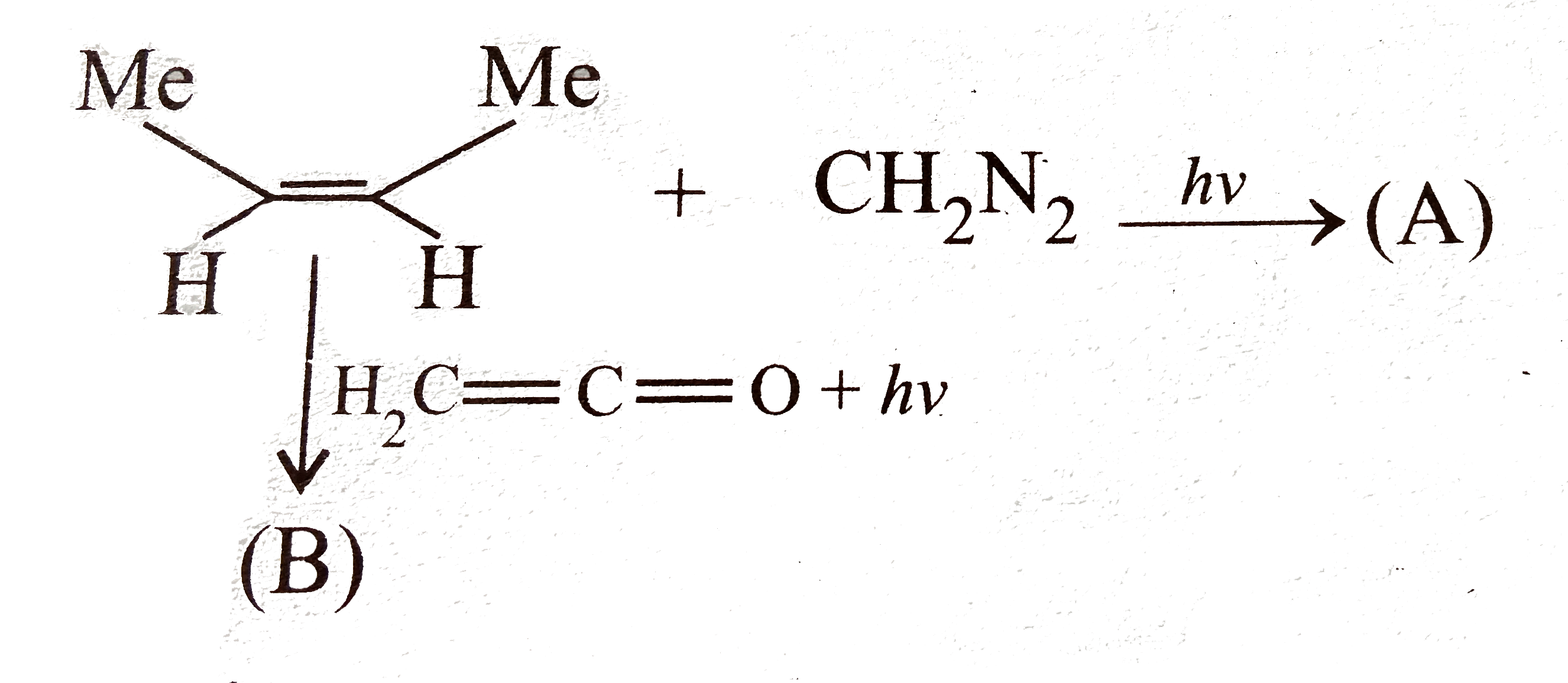Which statement is correct about halogen ?
They are all diatomic and form univalent ions
Halogen have the smallest atomic radii in there
respective periods
They are all diatomic and form diatomic ions
They are all reducing agents
The correct Answer is:AB
To determine which statement is correct about halogens, let's analyze the properties of halogens step by step.
Step 1: Understanding Halogens
Halogens are a group of elements found in Group 17 of the periodic table. They include Fluorine (F), Chlorine (Cl), Bromine (Br), and Iodine (I).
Hint: Remember that halogens are known for their diatomic nature and their tendency to form negative ions.
Step 2: Diatomic Nature
All halogens exist as diatomic molecules in their elemental form. This means they naturally occur as pairs of atoms:
- Fluorine (F2)
- Chlorine (Cl2)
- Bromine (Br2)
- Iodine (I2)
Hint: Look for the diatomic nature of elements in the periodic table, especially in Group 17.
Step 3: Formation of Univalent Ions
Halogens can gain one electron to achieve a stable electron configuration, forming univalent anions:
- Fluorine forms F⁻
- Chlorine forms Cl⁻
- Bromine forms Br⁻
- Iodine forms I⁻
Hint: Focus on the electron gain and the resulting charge of the ions formed by halogens.
Step 4: Atomic Radii
The statement regarding halogens having the smallest atomic radii in their respective periods is incorrect. While halogens have smaller atomic radii than alkali metals and alkaline earth metals in the same period, they do not have the smallest atomic radii overall; noble gases have smaller atomic radii.
Hint: Compare atomic radii across different groups and periods in the periodic table.
Step 5: Reducing Agents
Halogens are not typically classified as reducing agents; in fact, they are oxidizing agents because they tend to gain electrons.
Hint: Recall the definitions of oxidizing and reducing agents in redox reactions.
Conclusion
Based on the analysis:
- The correct statement about halogens is that they are all diatomic and form univalent ions. Therefore, option A is correct.
Final Answer: Option A is correct.
Halogens are a group of elements found in Group 17 of the periodic table. They include Fluorine (F), Chlorine (Cl), Bromine (Br), and Iodine (I).
All halogens exist as diatomic molecules in their elemental form. This means they naturally occur as pairs of atoms:
- Fluorine (F2)
- Chlorine (Cl2)
- Bromine (Br2)
- Iodine (I2)
Halogens can gain one electron to achieve a stable electron configuration, forming univalent anions:
- Fluorine forms F⁻
- Chlorine forms Cl⁻
- Bromine forms Br⁻
- Iodine forms I⁻
The statement regarding halogens having the smallest atomic radii in their respective periods is incorrect. While halogens have smaller atomic radii than alkali metals and alkaline earth metals in the same period, they do not have the smallest atomic radii overall; noble gases have smaller atomic radii.
Halogens are not typically classified as reducing agents; in fact, they are oxidizing agents because they tend to gain electrons.
Based on the analysis:
- The correct statement about halogens is that they are all diatomic and form univalent ions. Therefore, option A is correct.
Topper's Solved these Questions
- P BLOCK ELEMENTSBOOK - RESONANCE ENGLISHCHAPTER - P BLOCK ELEMENTSEXERCISE - Exercise 1 part-3
10 Videos
- P BLOCK ELEMENTSBOOK - RESONANCE ENGLISHCHAPTER - P BLOCK ELEMENTSEXERCISE - Exercise 2 part-1
12 Videos
- P BLOCK ELEMENTSBOOK - RESONANCE ENGLISHCHAPTER - P BLOCK ELEMENTSEXERCISE - Exercise 1 part-1
14 Videos
- NUCLEAR CHEMISTRYBOOK - RESONANCE ENGLISHCHAPTER - NUCLEAR CHEMISTRYEXERCISE - STAGE-II
1 Videos
- P-BLOCK ELEMENT (BORON AND CARBON FAMILY)BOOK - RESONANCE ENGLISHCHAPTER - P-BLOCK ELEMENT (BORON AND CARBON FAMILY)EXERCISE - PART - III : OLYMPIAD PROBLEMS (PREVIOUS YEARS) STAGE - V (INTERNATIONAL CHEMISTRY OLYMPIAD (IChO)) Problem 3
8 Videos
Similar Questions
Knowledge Check
Which statement is incorrect about free radical halogenation of alkanes?
AThe number of product molecules formed by one proton is very highBIf O2 is added, initially the rate of reaction decreases, then it increaseCInhibitors combine with free radical and terminate the chain reactionDPresence of Ph−C∣∣O−O−O−C∣∣O−Ph inhibit the free radical reaction.
Which statement is correct about center of origin of plants?
View SolutionWhich statement is not correct about Cycas ?
View SolutionWhich statements is/are correct about the following reaction ?

View SolutionWhich statement is correct about the following reactions ?
 .
.
View SolutionWhich statement is correct about the following reactions ?
 .
.
View SolutionWhich statements are correct about lactose?
View SolutionWhich statement is correct about chemisorption?
View Solution
